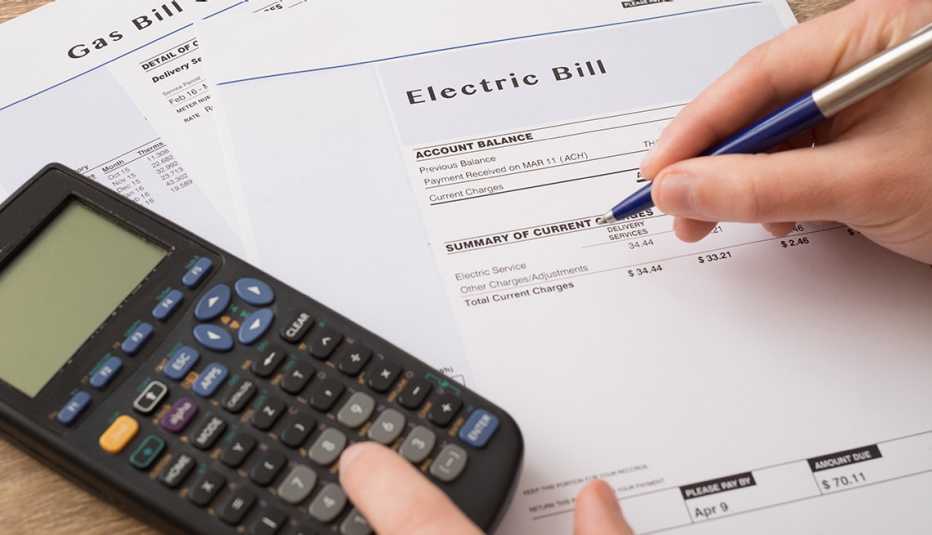Staying Fit


I was laid off because of the coronavirus. How do I keep the lights on until I find new work?
Whether you are a customer of a big or small electric utility, the first step is to pick up the phone and call the company. Don't wait until you get a shutoff notice.
The good news: Electric utility providers will cut you a break, though you'll have to pay your bill, eventually. For example, Pacific Gas & Electric, which serves 5.4 million electric customer accounts in California, announced March 12 that it had stopped disconnecting residential and commercial customers for nonpayment. PG&E said in a statement that it wants to provide “some relief from the stress and financial challenges many are facing during this worldwide public-health crisis."


AARP Membership— $12 for your first year when you sign up for Automatic Renewal
Get instant access to members-only products and hundreds of discounts, a free second membership, and a subscription to AARP the Magazine.
Other electric utilities are following suit. Florida Power & Light, for one, has stopped disconnecting customers who can't pay and is offering payment extensions as well as waivers on some late fees to customers facing economic hardship. “We know this is a difficult and unsettling time,” FPL spokesman Matt Eissey said in a statement.
Still others are simply urging Americans to call if they are having difficulties. Perdernales Electric Cooperative, which has more than 300,000 customers in Central Texas, said simply, “Our agents are committed to finding a solution that works best for you.”

































































More From AARP
Secret Service Warns: Cybercriminals Exploiting Coronavirus Fears
Scams spread in U.S. as outbreak sweeps the globe
The Fed Cuts Short-Term Interest Rates
Will the move ease the economic strain of coronavirus?